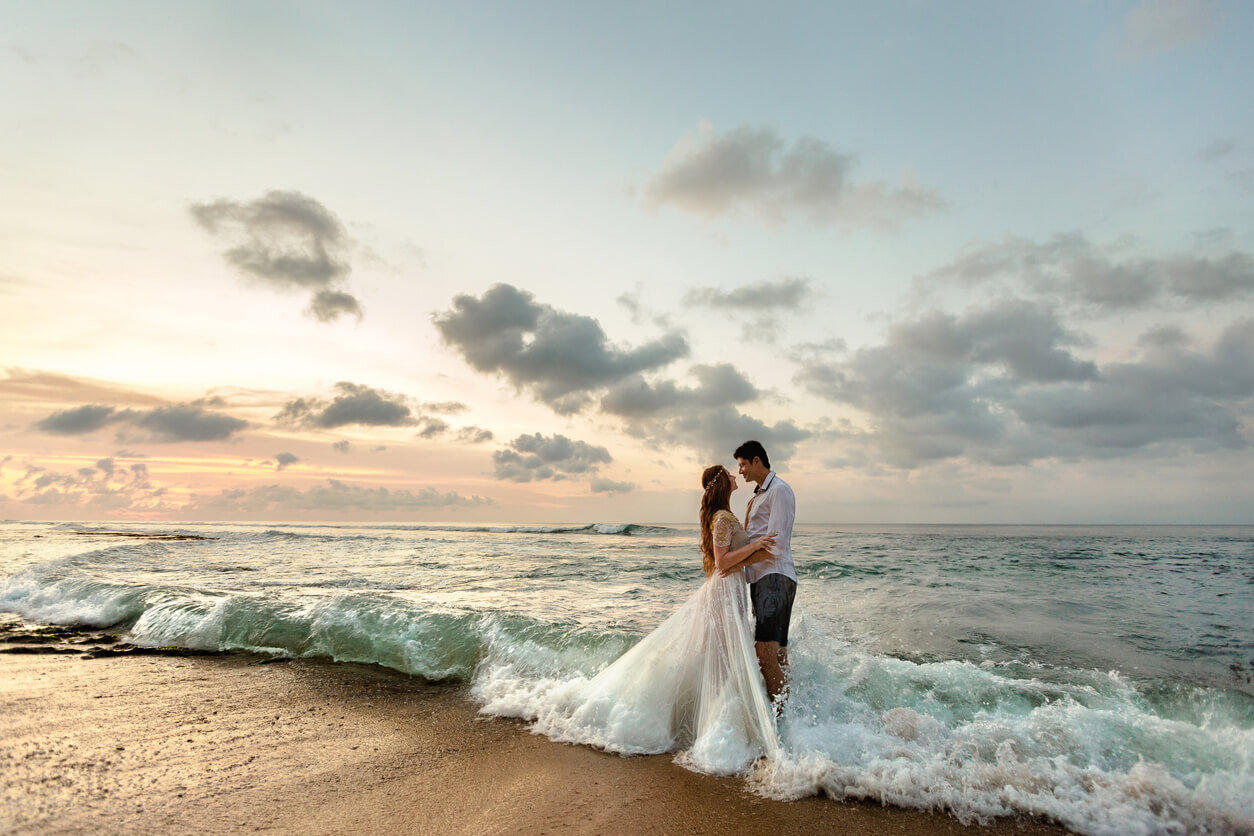Wedding photography is awesome. It’s financially and emotionally gratifying and entertaining. Like any job, it’s challenging, stressful, and infuriating also. Every wedding is unique. Every bride, groom, family member, and friend will provide fresh problems, which is thrilling.
Here are a few of the skilled wedding photography tips by Hochzeitsfotograf Berlin for freshers to learn the art of perfect wedding photography:
· Get the best gear possible:
Wedding photography encompasses several kinds in one day. Shoot in all circumstances and settings. A candle-lit church service will test your camera’s ISO. To be a wedding photographer, you’ll need good equipment. You also have to back up your cameras, lenses, and flashes. This might be costly, but you can also rent equipment.
· Start by making a shot list:
One of the most useful things you can do as a wedding photographer is to have the couple plan the photographs they want to have taken in advance. Next, make a checklist to ensure you get every possible take. When taking pictures of the whole family, this is an absolute must.
· Wedding photography requires proper planning:
So much may go wrong during a wedding photo shoot, so be ready. Have a backup plan (in case of poor weather), charged batteries, blank memory cards, and planned routes. Get a full-day schedule to know what’s ahead. If you can, attend the ceremony’s rehearsal to learn about shooting positions, lighting, order, etc.
· Couple expectations:
Display your work/style. Determine what they want, how many photos, what essential items to capture, and how the shots will be utilized (for prints, etc.). If you’re charging for the event, get the fee upfront.
· Turn down your camera’s sound and capture all major and minor details:
Beeps during speeches, kisses, and vows are distracting. Keep your camera’s noises off. Never miss details from rings, gowns, shoes, flowers, table arrangements, menus, etc. These give the album depth. You may get inspiration from wedding magazines.
· Tricks to diffuse light:
Flash bouncing and diffusion are crucial. Many churches have dim lighting. If you’re permitted to use a flash (some churches don’t), consider bouncing it or buying a flash diffuser to soften the brightness. If you can’t use a flash, utilize a fast lens with wide apertures or increase the ISO. Image stabilization, flash diffusers, and reflectors may help.
